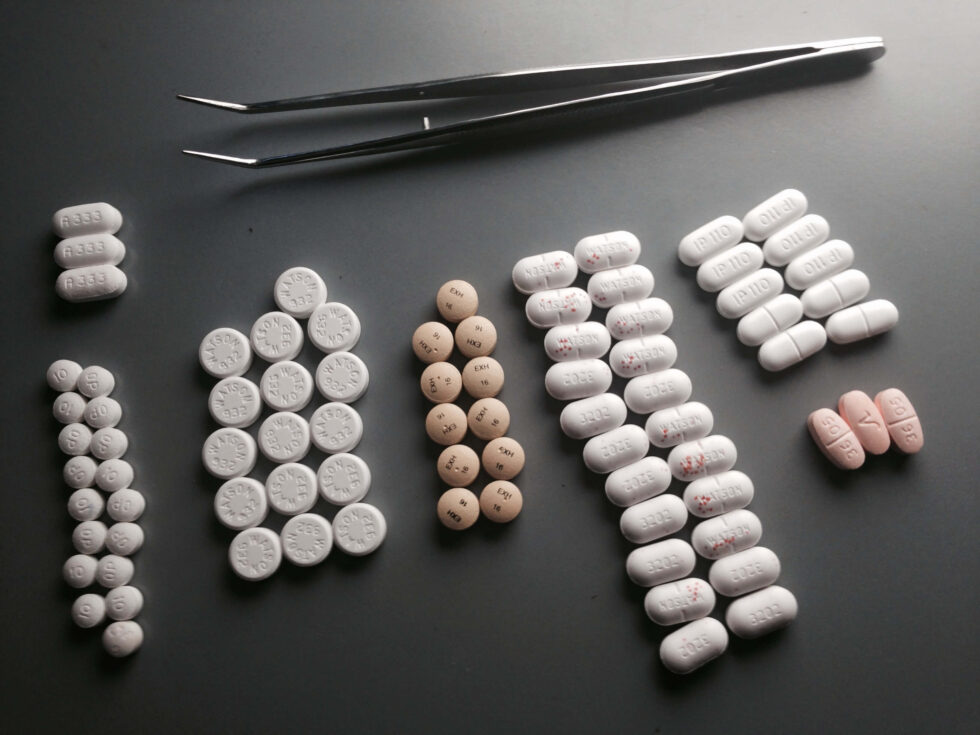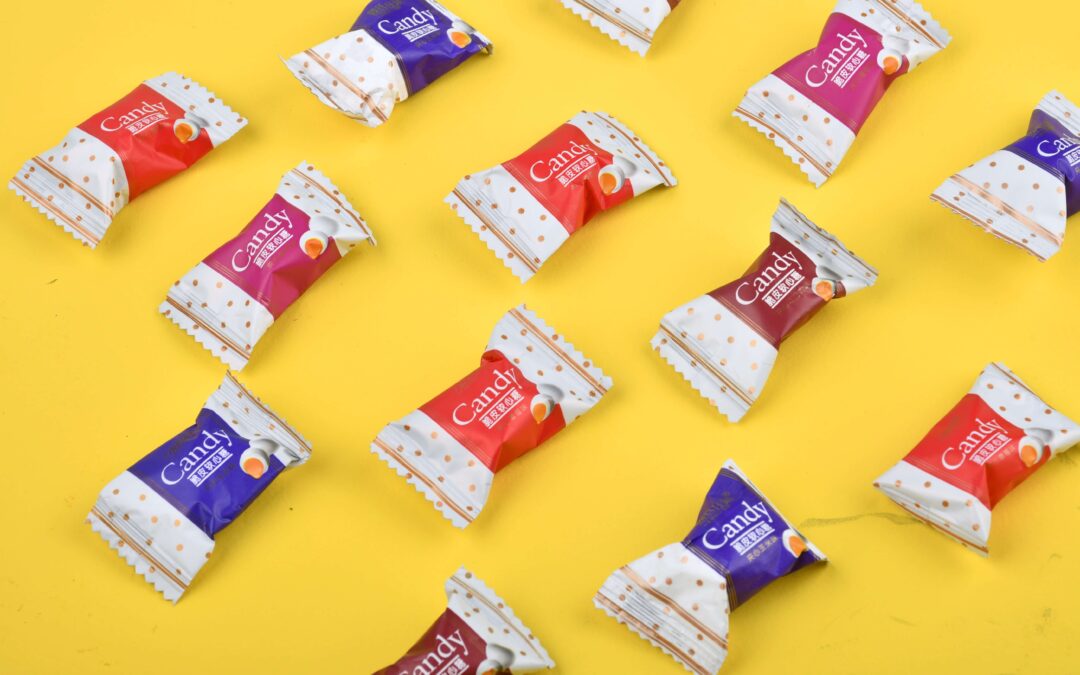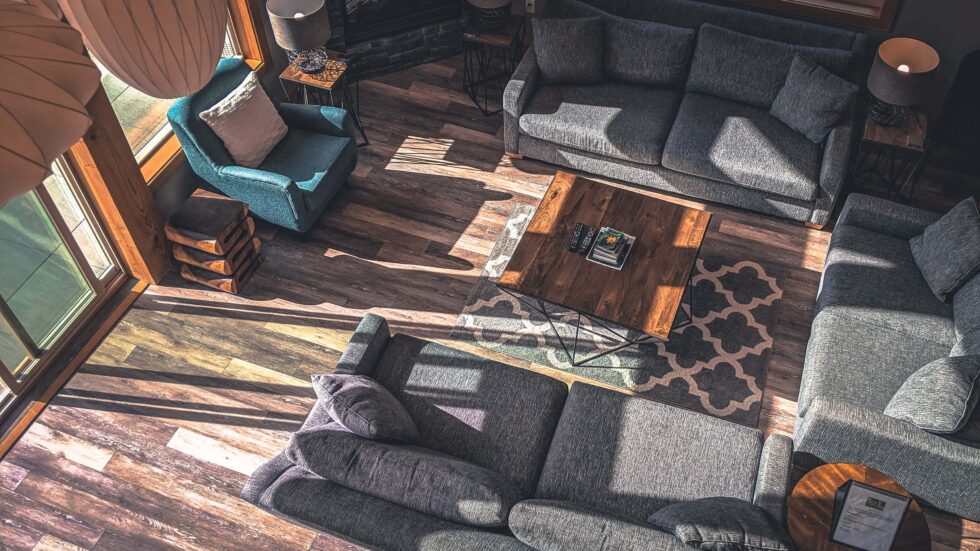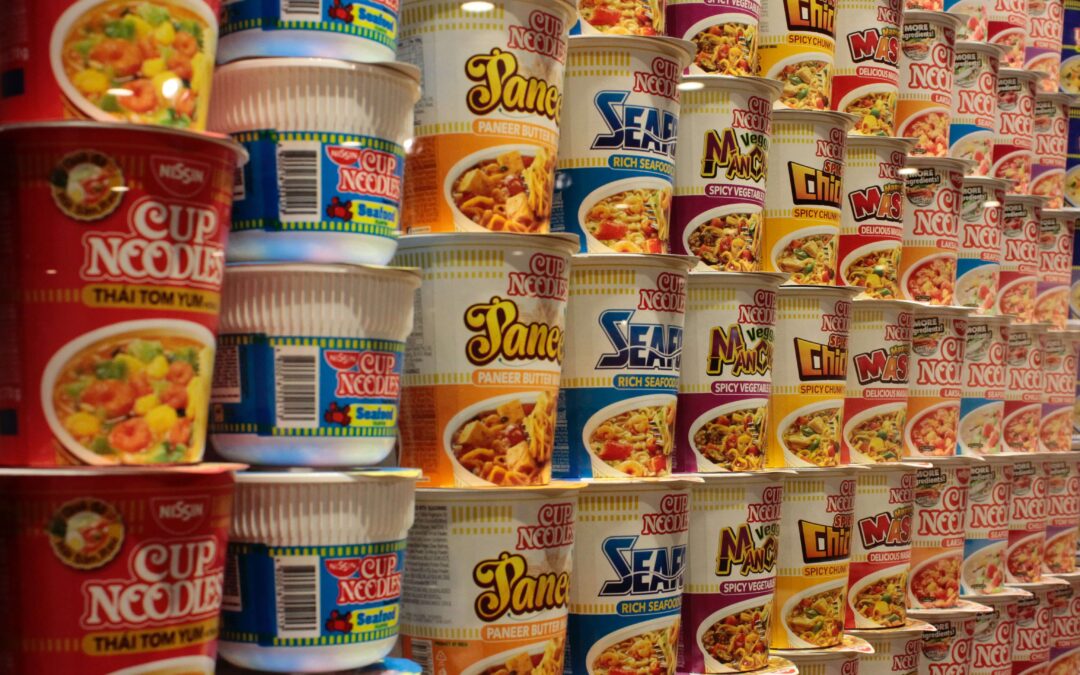How To Choose The Right Packaging for Your Product?
The lifecycle of a carefully crafted product does not end after you have given it that final touch. In fact, the end of the production process is merely the beginning of the product’s journey towards serving its true purpose. Its adventure actually begins when it sets out to address consumer needs and wants. But, with the many hassles of production, distribution and marketing, how do you ensure that your product retains its beauty and the best of its functionality at every stage, and is handed to the end-consumer in all its glory?
Here is where professional packaging for products comes to the rescue, and swiftly so. The next important question that comes to mind is – how to choose the right packing for your product? Given that the world of versatile packaging shelters impressive options, picking the right packaging can get a little challenging. To help you the same, here are the key points that you just consider, before taking your pick-
5 Tips To Choose The Right Packaging For Your Product
1. The Ideal Material:
The very first step of packaging a product is to determine the material that best suits the characteristics of the product to be protected. Of all the packaging options available in the market, Polyethylene is one of the most-sought after materials, and for all the right reasons.
What is a Polyethylene (PE) film? It is a plastic film made from ethylene. Because of its wide use, polyethylene has many names in the market – ‘plastic sheeting’, ‘polyethylene sheet’, ‘poly sheeting’, or ‘poly film’. Polyethylene sheeting is your best bet when it comes to plastic protection. The best part is that these films can be tailored to perfectly fit into a project’s requirement. This is done with the help of additives such as U.V. inhibitors, fire retardants, and other anti-static additives. Despite the long list of benefits, it is the most cost-effective packaging material out there.
2. Determine Your Budget:
Since first impressions matter most in the selling of products, do not hold back on allocating a significant budget for packaging. Determine the scope of your budget and stick to it. Once you have solidified the packaging budget plan, do not budge, no matter how taken you are with a certain option. This set amount will help you decide on This will determine what kinds of materials you can use, and what you can spend making your design as enticing as possible.
There are many budget-friendly options available in the market, too – polyethylene packaging, as mentioned above. These films are durable, flexible, functional, budget-friendly and above all, sustainable.
3. Product & Market Study:
To find the right packaging, you must first study the properties and the make of your product well – the material it is made of, its size, shape and texture, the environment it is going to be stored in, as well as the duration that it is to be protected for. If the product is made of two different materials, you will have to be all the more careful.
Apart from studying your product, also make sure that you conduct a thorough research on the market. This is a must-do if you are new to the industry. Take a peek at what the competitors are doing. Monitoring the success of their packaging strategy can help you build one that works better. This practice is to merely take inspiration from brands that are selling similar products, and not to simply replicate their strategy.
4. Attractive & Convenient Packaging:
When it comes to consumption, consumer experience is what matters most. If they like the look and feel of the product, they are more likely to give it a fair chance. In addition, if the packaging facilitates the use of your product, it will stand an even better chance of being picked off the shelf (for example: the ease of opening, storing and carrying the package).
The key to customer satisfaction is a survey that will help you understand what would appeal to your intended audience. Conduct short surveys to understand the latest trends among your target audience. From the materials to the colours – this research should help you adorn the product packaging with details that will reel them consumers right in. When it comes to flexible packaging, the possibilities are endless. You can create packages with attractive designs – different textures, patterns and colors. You can easily print your brand logo or some quirky words on the packages. There are many companies that offer custom packaging options as well.
5. Explore The Package Styles:
Today, flexible packaging is available in multiple styles. Each style is designed to protect a particular kind of product, and to serve a specific purpose. Here is where you can allow your creative side to take over. But, while picking the right style, also ensure high functionality. You can select the ideal one in accordance with the properties of your products. These styles can keep your product protected, while also keeping them approachable. Here are some promising options in terms of style:
- Straight Tuck End
- Hexagon/Octagon
- Display Box
- Sleeve Box
- Pillow Box
To resume, here are the important questions that you must ask yourself before setting your heart on a certain kind of packaging for your new product:
1. What is your packaging budget?
2. What packaging material would best suit your product?
3. What are the exact dimensions of your product?
4. Is the texture of the product rough or smooth?
5. Will the product be placed outdoors or indoors?
6. What shape of box do you want?
7. What coatings / textures do you want?
8. Do you need your packaging to fold?
9. Do the shortlisted packaging options respect your brand tonality?
10. What designs will attract the target audience?
11. Will the film be exposed to higher temperatures?
12. How and where will your product be stored?
13. Is the packaging material aligned with the transportation plans?
14. How heavy is the item you will be putting inside the package?
15. What other functionalities do you want the package to have?
Ecoplast Ltd, One Of The Leading Packaging Films Manufacturers
If you have found yourself asking how to package your product in a way that it is best protected, and best displayed as well, packaging solutions by Ecoplast Ltd are your best bet. With 40 years of experience, and an extensive range of premium packaging products, we are one of the leading flexible packaging companies in India.
We hold expertise in designing and manufacturing Surface Protective Films that protect products such as steel, aluminum panels / profiles, carpets, tiles, glass, and all kinds of substrates from dust, scratches and other environmental impacts.
Here are our offerings:
- Ecogen™ – Lamination Films
- Ecoprotect™ – Surface Protection Films
- Ecobond™ – Adhesive Films
- Ecoprime™ – Speciality Films
To get packaging for your product, contact us at: +91-22-2683 3452 / +91-22-2683 1403, or drop an email at: [email protected]





